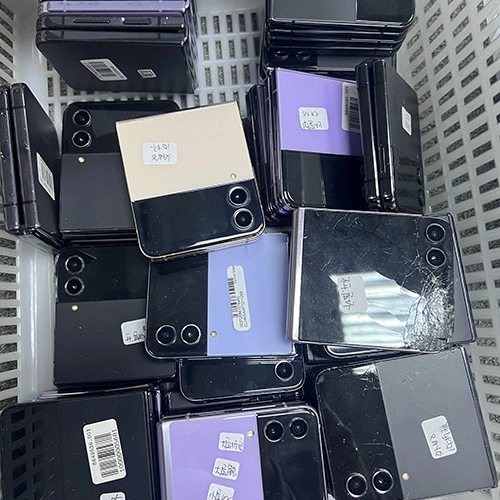As electronic products are being replaced more frequently, the used devices buyback market is becoming increasingly attractive. More and more individuals and businesses are looking to exchange their idle devices for value, while many companies see an opportunity in collecting, inspecting, refurbishing, and reselling second-hand electronics. So, what kind of business potential does this field hold, and is it worth getting involved?

Where Lies the Core Value of Used Devices Buyback?
A large number of smartphones, tablets, laptops, and other digital devices still retain usable value when replaced. Buyback companies acquire these devices in bulk, then conduct professional inspections and repairs so they can be resold to new users or exported to overseas markets. This process not only supports product reuse but also brings considerable profit, making it a sustainable and efficient business model.
What Are the Main Sources of Used Devices?
Used devices can come from a variety of sources, including individual users, corporate upgrade programs, phone repair shops, e-commerce after-sales returns, and carrier trade-in services. Having a stable supply chain is one of the keys to success in this business. Building partnerships with large companies or platforms helps create a long-term, large-scale buyback system.
How Can Devices Be Processed to Regain Value?
The first step after buyback is to inspect the device’s appearance, functions, and accessories. Then, based on condition, devices are sorted: those in good condition are cleaned and repackaged for sale, slightly damaged ones go through refurbishment, and heavily damaged devices are disassembled for parts. Each device goes through this “value recreation” process to increase its market appeal and profitability.
What Types of Businesses Are Suitable for This Market?
Phone repair shops, 3C product e-commerce companies, after-sales service providers, and environmental tech firms all have strong potential in the used device buyback market. For businesses with logistics capabilities, supply chain access, or technical teams, this can be a natural extension of their core services or a standalone profit-generating business.
How Can Efficiency and Profitability Be Improved?
Standardizing buyback procedures and pricing systems, along with building a professional inspection and refurbishment team, is key to improving efficiency. Leveraging online platforms or cooperative management systems to track buyback orders, device movement, and inventory can also boost operational performance. Ensuring smooth operations across both sourcing and sales channels is critical to maximizing profit.
Let Every Device Reach Its Full Value
Used device buyback is not only a promising business opportunity but also a meaningful way to support environmental protection, energy saving, and resource recycling. If you’d like to explore more solutions for device buyback or discuss potential business partnerships, we welcome you to visit our website at [www.topyet.com], and let’s unlock the full value of every device—together.





